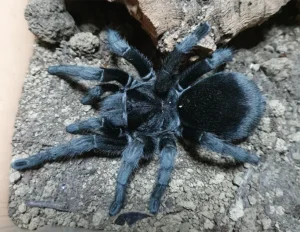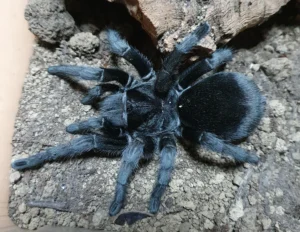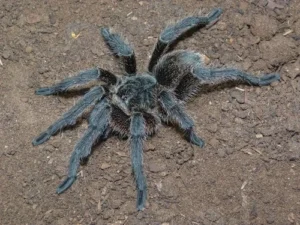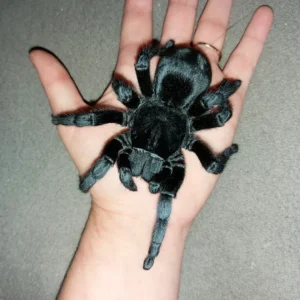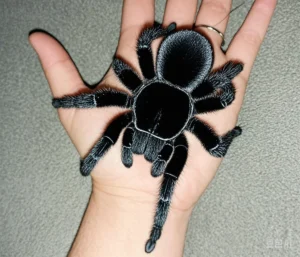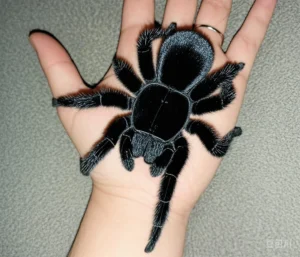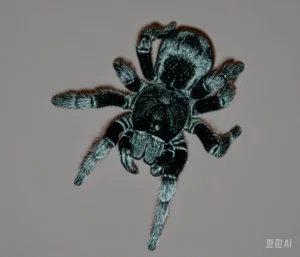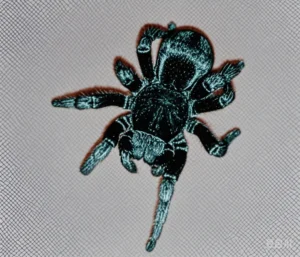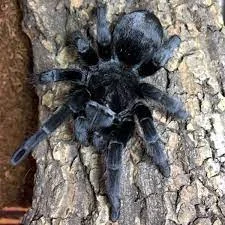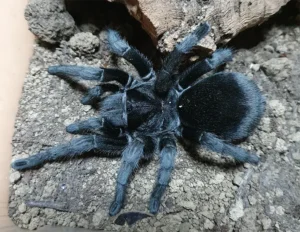Hybridization Potential: Grammostola pulchra x Closely Related Species in Captivity
Hybridization, the interbreeding of individuals from distinct populations or species, can occur naturally or facilitated in captivity. Within the tarantula hobby, questions sometimes arise about the potential for hybridization between closely related species, such as Grammostola pulchra and other members of its genus.
The Genus Grammostola
The genus Grammostola includes several species popular in the pet trade, found primarily in South America. Some well-known examples include:
- Grammostola pulchra (Brazilian Black)
- Grammostola pulchripes (Chaco Golden Knee)
- Grammostola rosea/porteri (Chilean Rose/Common Rose) – Note: The taxonomy here is complex and debated.
These species share similarities in size, general appearance, and husbandry requirements, leading to speculation about their reproductive compatibility.
Potential Hybrid Partners
Given geographical proximity in the wild (though ranges may not directly overlap significantly) and morphological similarities, species like G. pulchripes or members of the *G. rosea/porteri* complex are often considered the most likely candidates for potential hybridization with G. pulchra, at least theoretically.

Documented Cases in Captivity
Despite the theoretical possibility, reliably documented and confirmed cases of hybridization involving Grammostola pulchra in captivity are scarce to non-existent in mainstream hobbyist literature or scientific publications. While accidental pairings or deliberate attempts might occur, successful reproduction resulting in viable, fertile offspring between distinct *Grammostola* species like *G. pulchra* and *G. pulchripes* or *G. rosea/porteri* is not commonly reported.
Anecdotal claims exist, but often lack rigorous proof (e.g., genetic verification) or may involve misidentified parent stock. The hobby is rife with taxonomic confusion, especially within the *G. rosea/porteri* group, which further complicates claims of hybridization.
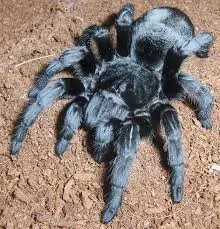
Biological Barriers
Several factors can prevent successful hybridization, even between closely related species:
- Behavioral Isolation: Differences in courtship rituals, pheromones, or mating seasonality can prevent successful copulation. A male of one species might not recognize or respond correctly to the signals of a female from another species.
- Mechanical Isolation: Incompatibility in the morphology of reproductive organs (e.g., male palpal bulbs and female spermathecae) can physically prevent successful sperm transfer.
- Genetic Incompatibility: Even if mating occurs, differences in chromosome number or genetic makeup can lead to inviable embryos, sterile offspring (like mules), or offspring with reduced fitness. This is one of the key [tarantula species hybridization concerns](https://www.lopehare.com/tarantula-medical-information/).
Ethical Considerations
Deliberate hybridization in the tarantula hobby is generally discouraged by responsible keepers and breeders for several reasons:
- Conservation Concerns: It muddies genetic lines, potentially hindering conservation efforts that rely on maintaining pure species.
- Taxonomic Confusion: Hybrids can be difficult to identify, leading to further confusion in the trade and potentially being sold deceptively as pure species.
- Unknown Traits: Hybrid offspring may exhibit unpredictable combinations of traits, including temperament or care requirements.
Focus on Pure Species: The focus within the hobby should remain on breeding and maintaining pure genetic lines of established species rather than creating artificial hybrids.
In conclusion, while theoretically possible under artificial captive conditions due to close relation, successful and documented hybridization involving Grammostola pulchra is not a recognized phenomenon. Biological barriers and ethical considerations strongly argue against attempting such pairings.
References:
- General biological principles of speciation and hybridization.
- Discussions within arachnid forums and communities regarding hybridization ethics and reports (often anecdotal).

